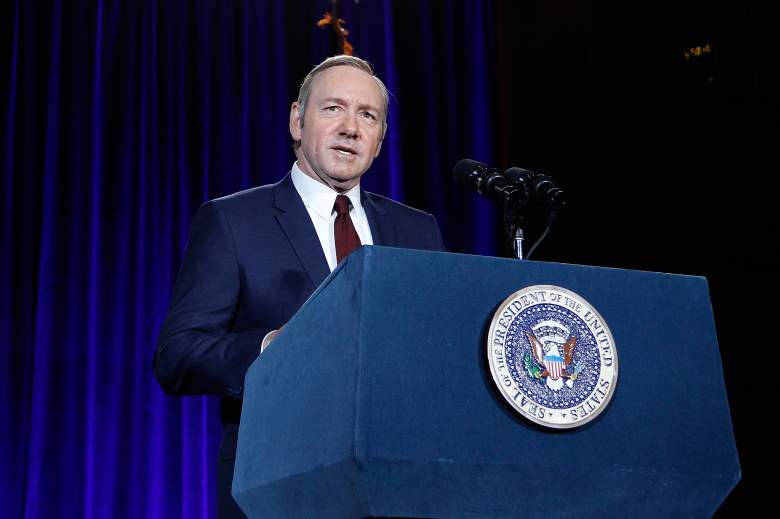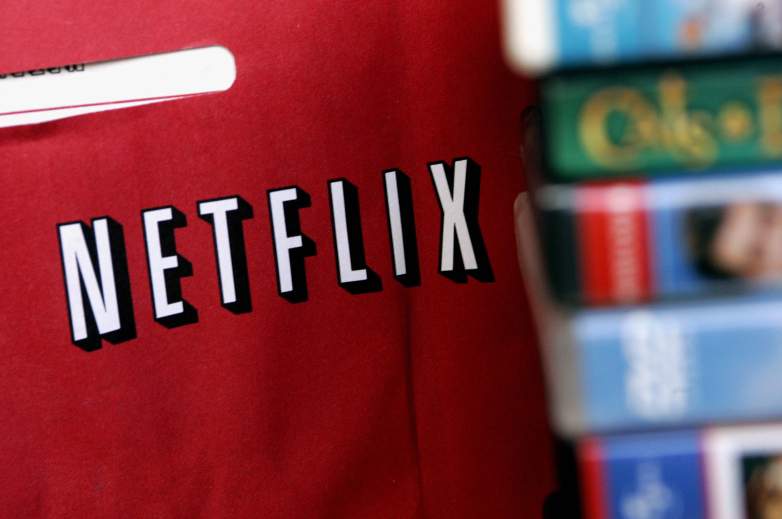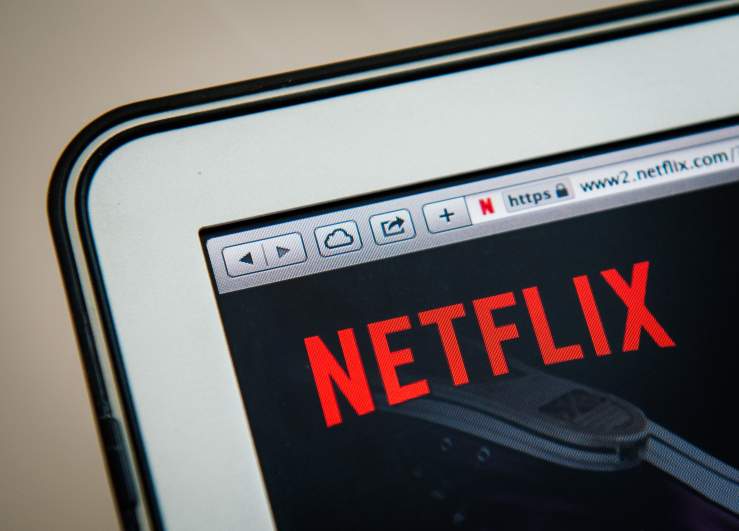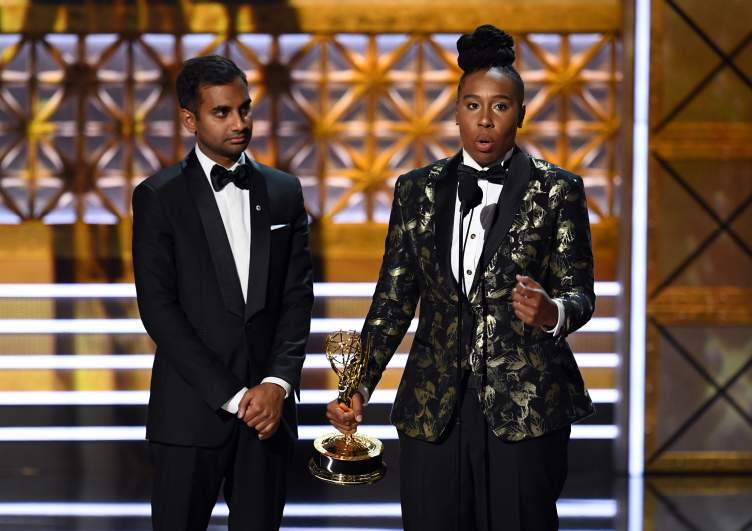
Netflix Netflix will be raising the price of two of it's subscription plans starting in November
Ted Sarandos, the COO of Netflix, sat down with filmmaker Ava DuVernay earlier this week at Vanity Fair’s New Establishment Summit in Beverly Hills and at some point, the audience got a quick peak behind the curtain of Netflix. Netflix dropped roughly $6 billion on content so far this year and all signs pointing to the streaming service hitting $7 billion in 2017.
There’s of course, two ways to look at this.
The first way is to celebrate Netflix, applaud their efforts to keep producing quality content such as Stranger Things, Master of None, a deluge of comedy specials and captivating documentaries like The Keepers and Making A Murderer. That way is the easy way. The second way isn’t nearly as fun. The second way is to possibly think to yourself, how are they going to pay for all of this?
It only took a few days to find out. On Thursday it was reported that Netflix plans to raise prices on both it’s middle and top tiers in November. The rate hike will not include the lowest plan and will only affect subscribers in the United States. Subscribers will be given a heads up, which is nice. Netflix will notify it’s subscribers about the increase starting on October 19th, giving folks at least 30 days notice.
In a release, Netflix cited their increased production of original content as to why they needed to up their subscription rates.
“From time to time, Netflix plans and pricing are adjusted as we add more exclusive TV shows and movies, introduce new product features and improve the overall Netflix experience to help members find something great to watch even faster.”
Here is what you need to know about the increase.
1. The Rate Increase Only Impacts Standard and Premium Plan Subscribers

GettyNetflix began streaming it’s content in 2007
The price increase for Netflix is limited to their Standard and Premium plans. The Basic plan will stay where it is at $7.99 a month.
The Standard plan is currently $9.99 a month and come November, that amount will jump to $11.99 a month. The Premium plan will go from $11.99 a month to $13.99.
2. What Makes Each Plan Different?

NetflixEach plan offers a different number of devices you’re able to download content to
Well, if you’re a Basic plan kind of person, you’re living a bare bones Netflix version of life. Not that there’s anything wrong with that! You’re able to watch Netflix on your laptop or phone, have unlimited content and cancel at anytime. You also get that first month free. With this plan you can download titles, but to only one phone or tablet.
Standard plan subscribers start to get a better taste of all that Netflix has to offer, starting with the ability to watch movies and television shows in HD. You can’t do that in Basic. You can also watch Netflix on two screens at the same time, as opposed to just one, and can download content to two phones or two tablets. Not bad. Beyond that, the plans are the same.
Those Premium plan folks get it all, though. Not only do they receive HD programming, but Ultra HD programming, which might sound totally made up, but trust me, it’s a real thing. The Premium plan allows you to watchNetflix on four devices as well, and on top of that, you can download titles to each of them. As for everything else? You guessed it; the same as the other two.
It’s worth noting that whether or not you can actually take advantage of programming in either HD or Ultra HD depends on your Internet quality, as well as what the device you are using offers. So if you’re deciding between plans, it’s probably a good move to check those things out first.
3. Netflix Raised Prices in 2014 By a Dollar

GettyNetflix CEO Reed Hastings in 2016
In May of 2014 Netflix sent word out to it’s subscribers that it was raising prices, something they had dropped hints about a month earlier. The main difference between that rate increase and this latest one is that the 2014 increase was limited to only new subscribers.
For Netflix newcomers, the cost of joining would go from $7.99 a month to $8.99 a month. Netflix made a point of saying that the rate would not impact current subscribers, they would continue to get the Basic plan for $7.99 a month.
At the time Netflix also pledged to not raise rates for two years. So if anything, they do get points for keeping their word. Well, kind of.
4. Netflix Begin Changing It’s Subscription Plans in 2016

GettyActor/writers Aziz Ansari (L) and Lena Waithe accept the Emmy for Outstanding Writing for a Comedy Series for Netflix’s ‘Master of None’ at the 2017 Emmy Awards
Following the 2014 price increase, Netflix announced plans to change things up and a process to move past the old system, which included everyone playing the same rate: $7.99 for old customers, $8.99 for new customers. The company, which was now competing more aggressively with Amazon and Hulu, having long since abandoned their original model of sending movies to your house that you most likely forgot about and returned without watching.
Their new Standard plan, which featured HD, which had been offered to recent customers for $9 a month and older customers for $8, was being raised to $10. Although in somewhat of a classy move, Netflix was raising the price gradually, something they called “un-grandfathering.”
The news coincided with the announcement of the Basic plan, giving Netflix’s 81.5 million subscribers at the time a choice as to what subscription they wanted to go with.
5. What Does This Ultimately All Mean?
Simple.
That when Arrested Development comes back, it better be an improvement on the fourth season, which was terrible.

Stranger Things avoiding a sophomore slump in it’s much- anticipated second season wouldn’t hurt either.
